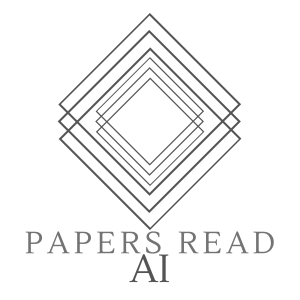

Papers Read on AI
Self-Instruct: Aligning Language Model with Self Generated Instructions
2023-03-22
Large “instruction-tuned” language models (finetuned to respond to instructions) have demonstrated a remarkable ability to generalize zero-shot to new tasks. Nevertheless, they depend heavily on human-written instruction data that is limited in quantity, diversity, and creativity, therefore hindering the generality of the tuned model. We introduce S ELF -I NSTRUCT , a framework for improving the instruction-following capabilities of pretrained language models by bootstrapping off its own generat...
Large “instruction-tuned” language models (finetuned to respond to instructions) have demonstrated a remarkable ability to generalize zero-shot to new tasks. Nevertheless, they depend heavily on human-written instruction data that is limited in quantity, diversity, and creativity, therefore hindering the generality of the tuned model. We introduce S ELF -I NSTRUCT , a framework for improving the instruction-following capabilities of pretrained language models by bootstrapping off its own generations. Our pipeline generates instruction, input, and output samples from a language model, then prunes them before using them to finetune the original model.
2022: Yizhong Wang, Yeganeh Kordi, Swaroop Mishra, Alisa Liu, Noah A. Smith, Daniel Khashabi, Hannaneh Hajishirzi
https://arxiv.org/pdf/2212.10560v1.pdf
View more
Comments (3)
More Episodes
All Episodes>>Creat Yourt Podcast In Minutes
- Full-featured podcast site
- Unlimited storage and bandwidth
- Comprehensive podcast stats
- Distribute to Apple Podcasts, Spotify, and more
- Make money with your podcast
It is Free












